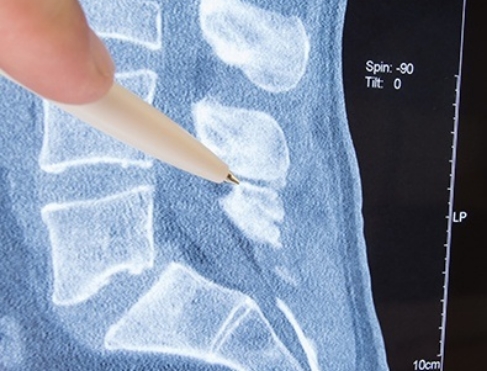Treating Nerve Entrapment Glastonbury
Treat the Root Source of Chronic Pain

When you suffer from chronic pain, it can be frustrating and disappointing when doctors can’t identify the pain’s source. Nerve entrapment is a common cause of chronic pain that’s often overlooked and is unfortunately not always easy to detect. Dr. Paul Tortland at New England Stem Cell Institute specializes in the diagnosis and treatment of nerve entrapment in Glastonbury. To learn more about how we can address the root source of your chronic nerve pain, contact our office today.
What Causes Nerve Pain?

Nerve pain can be caused by many factors, but the most common is a direct injury to a nerve, such as bruising or overstretching it, or the nerve itself can become trapped or pinched in an unideal position.
What is Nerve Entrapment?

Also called a pinched or compressed nerve, nerve entrapment occurs when a nerve gets squeezed by surrounding tissue, such as muscles. Almost all of the nerves in the body pass around, between, or through muscles, tendons, and ligaments. Some nerves, such as those exiting the spine, also pass through bony canals, and they can get squeezed if a canal becomes too narrow.
When a nerve gets squeezed, its blood supply gets reduced, and this causes nerve irritation. This irritation can cause pain and nerve symptoms such as numbness, tingling, and a sense of weakness. (When you cross your legs and your foot falls asleep, that’s due to the nerve and blood vessels getting compressed.) Some cases of nerve entrapment, like carpal tunnel syndrome, are easy to diagnose. Others aren’t as cut-and-dry, and the diagnosis can be elusive.
Many physicians aren’t aware of the possibility that pain could be due to nerve entrapment, so you might have been told, “There’s nothing wrong with you,” or “It’s all in your head.” Not being able to find the source of the pain, however, doesn’t mean the pain isn’t there!
The team at the New England Stem Cell Institute has found that when the source of persistent pain isn’t obvious after a physical exam, X-rays, and/or MRI studies, then the culprit is often an irritated nerve. Such nerves usually aren’t easily identified. But, they can sometimes be seen with a good diagnostic ultrasound exam.
What Are the Symptoms of Nerve Entrapment?

The symptoms of nerve entrapment depend on the affected nerve. Symptoms also usually worsen with or without movement. In addition to pain, you may also experience:
- Radiating numbness or tingling in other areas
- Muscle weakness
- Burning sensations
- The feeling of “pins and needles”
How is Nerve Entrapment Treated?

Simple nerve entrapment is often easily treated with soft tissue release techniques used in physical therapy or with special treatments such as A.R.T. (Active Release Technique) or the Graston technique.
For more severe cases, our team at the New England Stem Cell Institute uses a technique called nerve hydrodissection to release trapped nerves. During the procedure, your doctor injects a mixture of saline and anesthetic into the tissue surrounding your compressed nerve using ultrasound guidance. Ultrasound allows precise visualization of both the nerve and the needle. The fluid decompresses the nerve, helps restore blood flow, and eases your pain. In the vast majority of cases, the treatment is either completely painless or only minimally uncomfortable. You might need more than one treatment to get the best results depending on the severity of your condition and how long you’ve had it. Ultimately, the treatment is designed to cure the problem, which means your pain should go away completely.
Our physicians at the New England Stem Cell Institute are leading experts in the United States in ultrasound-guided nerve hydrodissection. In fact, we were personally trained by the doctor who invented the technique!
